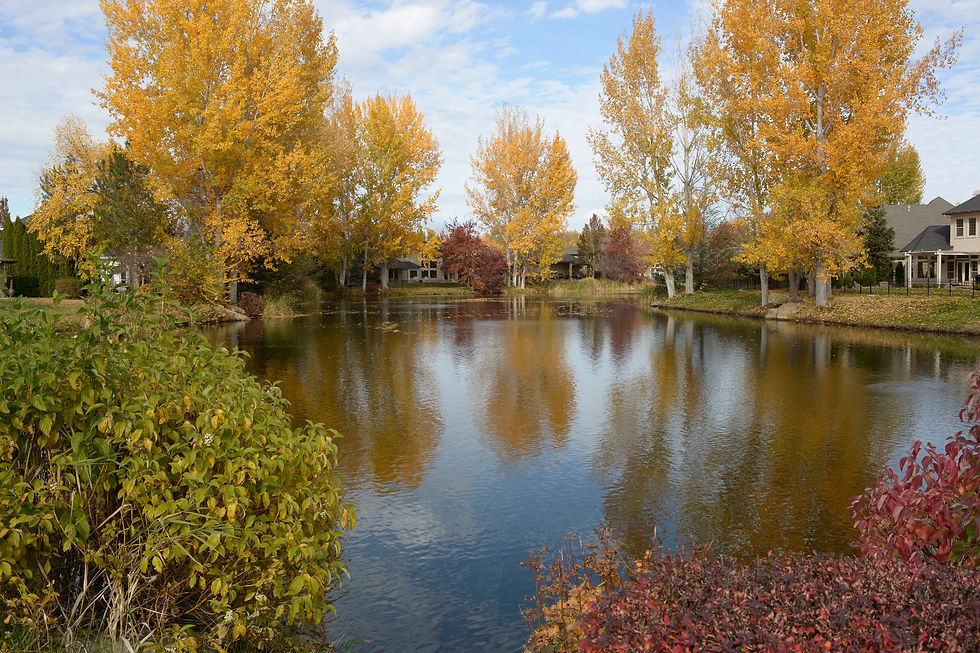
LENA
SAMIGOULLINA
Real Estate Professional | License #DRE# 01387227
(310) 625-9005
lena@luxuryrealtorlena.com

Welcome to the best resource for searching for homes, provided by LENA SAMIGOULLINA, Keller Williams Realty.
A home is not a home because of its room dimensions or the color of the walls. It is about how you feel when you walk through the front door. And the way you can instantly envision your life unfolding there.
This is about more than real estate. It is about your life and your dreams.
How am I different from other real estate agents?
Marketing vision, strong negotiation skills, hard work, and a full commitment to the clients' best interests differentiates me from other real estate agents. I negotiate for my clients best interests at every step of the transaction. I make sure my marketing provides the greatest exposure possible for the property. My goal is ... always to find more than one buyer for each of my listings and to get the full asking price, or above asking price, and to negotiate a back up offer. After negotiating all the best possible terms of the purchase agreement with the buyers and their agents for my clients, I make sure that everything is done in the timely manner and follow up with everyone involved in the transaction constantly.
When marketing my listings, I always look for the best ways to reach the potential buyers and their agents. I do believe that each property is unique and requires different ways of marketing.
I've been told repeatedly by my past clients that I'm the hardest working agent they've worked with. My work ethics along with my unparalleled marketing and negotiating skills reward me with the business from repeat clients and their referrals, and that's the greatest compliment I could wish for.
Experience
I started my real estate career in Los Angeles by joining Coldwell Banker Beverly Hills North office in the Spring of 2004. In the summer of 2005 I decided that my work style and innovative marketing techniques needed a different place for growth, and I was very happy to find and become a member of the Keller Williams Realty Westside office in July of 2005. During my real estate career I've worked with many clients assisting them with lease, purchase and sale of the single family residences, one to four units income properties, land, and condominiums all over the beautiful Los Angeles area.
Communication
I am easily accessible to my clients either by phone or email all the time, and respond to any phone call or email right away.
My Commitment to You
I'm fully committed to my clients' best interests and to getting my clients the best outcome possible in every transaction.

EAGLE
IDAHO
EAGLE
Eagle, Idaho is one of the fastest-growing and desirable communities in the Treasure Valley. Its reputation for being a quiet suburb filled with beautiful, new houses while also having a small-town feeling downtown adds to the charm.

When gold was discovered in the Boise Basin and the mountains north of the valley, people flocked to the area to make their fortunes. While many sought gold in the form of metal, one intrepid man had other ideas. Truman C. Catlin, an Illinois native, saw that the prospectors and townsfolk needed food. He invested in 160 acres of land along the Boise River in late 1863. The site was named Eagle Island after the large number of bald eagles on the river near the property. The following year, Catlin and his neighbor dug irrigation trenches to get water to the farmland. The result was enough water to irrigate 700 acres and kicked off a 40-year effort by valley residents to dig canals and ditches to irrigate most of the valley. Many of these are still around to this day.

In 1877, a man named Thomas Hugh Aikens bought land on the north and south sides of the Boise River. The property on the north side made him the owner of a large portion of Valley Road between Eagle and Boise (now State Street/Highway 44). Valley Road was, at the time, the main road between Boise and the towns to the west. Aikens then began a long campaign to build a bridge over the Boise River to connect his properties on the north and south sides of the river. The main opponent to the bridge was the town of Star, which didn't see the need for a tiny town like Eagle to build a bridge over the river. The county commission decided to let the voters decide Aikens devised a genius strategy to get people to vote for the bridge. He rented a luxury carriage to transport people to the polls and offered voters a free picnic. The voters overwhelmingly voted in favor of the bridge. The Eagle Island Bridge construction led to the building of a new school, a grocery store, and an Odd Fellows Hall. In 1904, Aikens and retired teamster John Carpenter decided to plat and sell fifteen acres to the town for development. Shortly after, the township was officially named Eagle.
